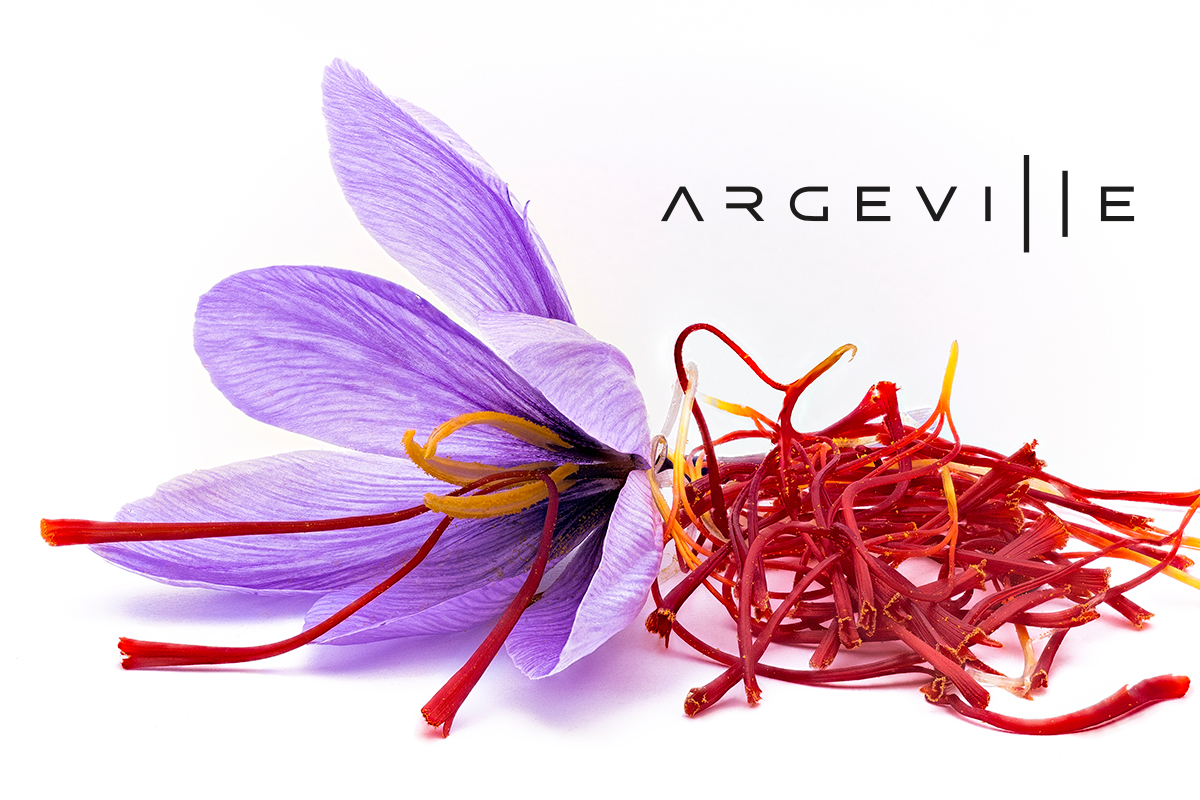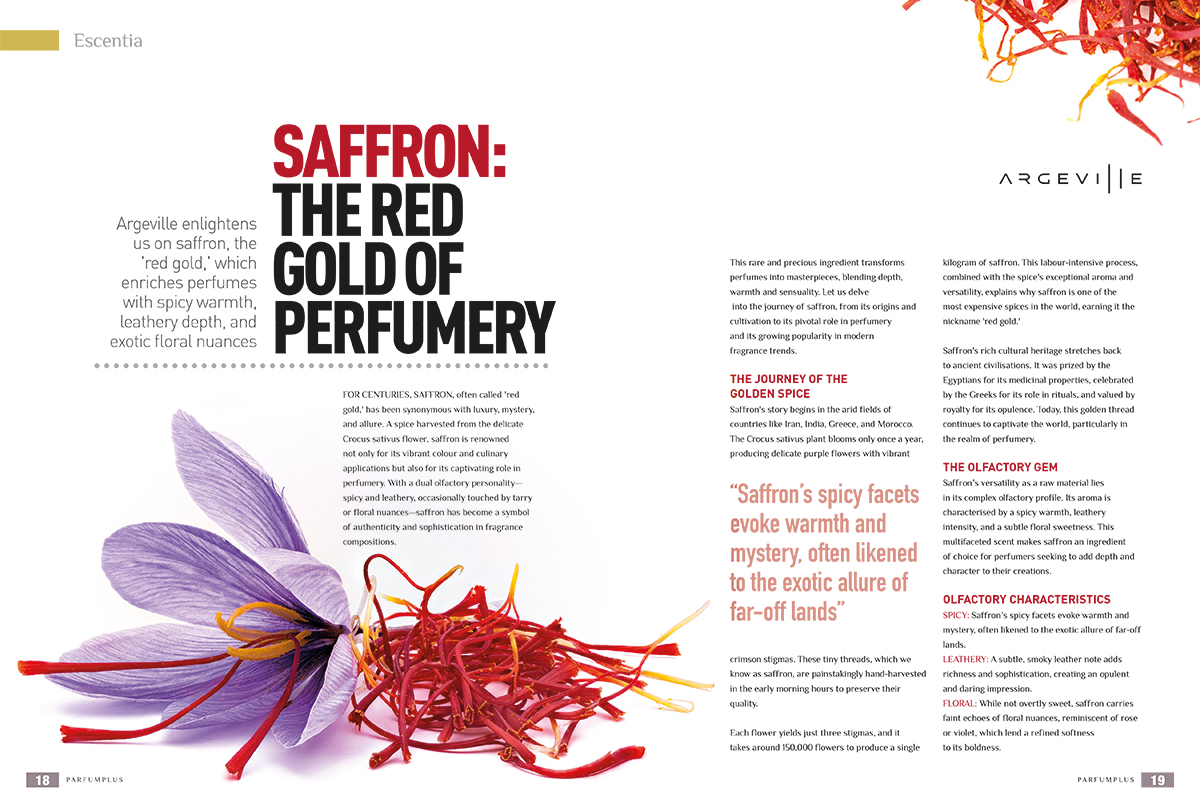Read this post in
 Arabic
Arabic
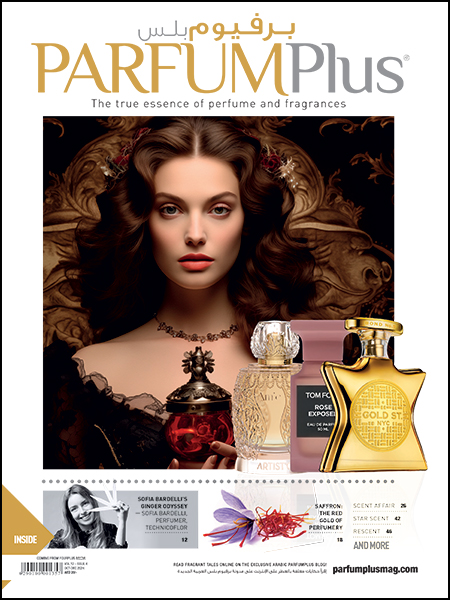
Saffron: The Red Gold Of Perfumery
Argeville enlightens us on saffron, the 'red gold,' which enriches perfumes with spicy warmth, leathery depth, and exotic floral nuances
For centuries, saffron, often called 'red gold,' has been synonymous with luxury, mystery, and allure. A spice harvested from the delicate Crocus sativus flower, saffron is renowned not only for its vibrant colour and culinary applications but also for its captivating role in perfumery. With a dual olfactory personality—spicy and leathery, occasionally touched by tarry or floral nuances—saffron has become a symbol of authenticity and sophistication in fragrance compositions.
This rare and precious ingredient transforms perfumes into masterpieces, blending depth, warmth and sensuality. Let us delve into the journey of saffron, from its origins and cultivation to its pivotal role in perfumery and its growing popularity in modern fragrance trends.
The Journey of the Golden Spice
Saffron's story begins in the arid fields of countries like Iran, India, Greece, and Morocco. The Crocus sativus plant blooms only once a year, producing delicate purple flowers with vibrant crimson stigmas. These tiny threads, which we know as saffron, are painstakingly hand-harvested in the early morning hours to preserve their quality.
Each flower yields just three stigmas, and it takes around 150,000 flowers to produce a single kilogram of saffron. This labour-intensive process, combined with the spice's exceptional aroma and versatility, explains why saffron is one of the most expensive spices in the world, earning it the nickname 'red gold.'
Saffron's rich cultural heritage stretches back to ancient civilisations. It was prized by the Egyptians for its medicinal properties, celebrated by the Greeks for its role in rituals, and valued by royalty for its opulence. Today, this golden thread continues to captivate the world, particularly in the realm of perfumery.
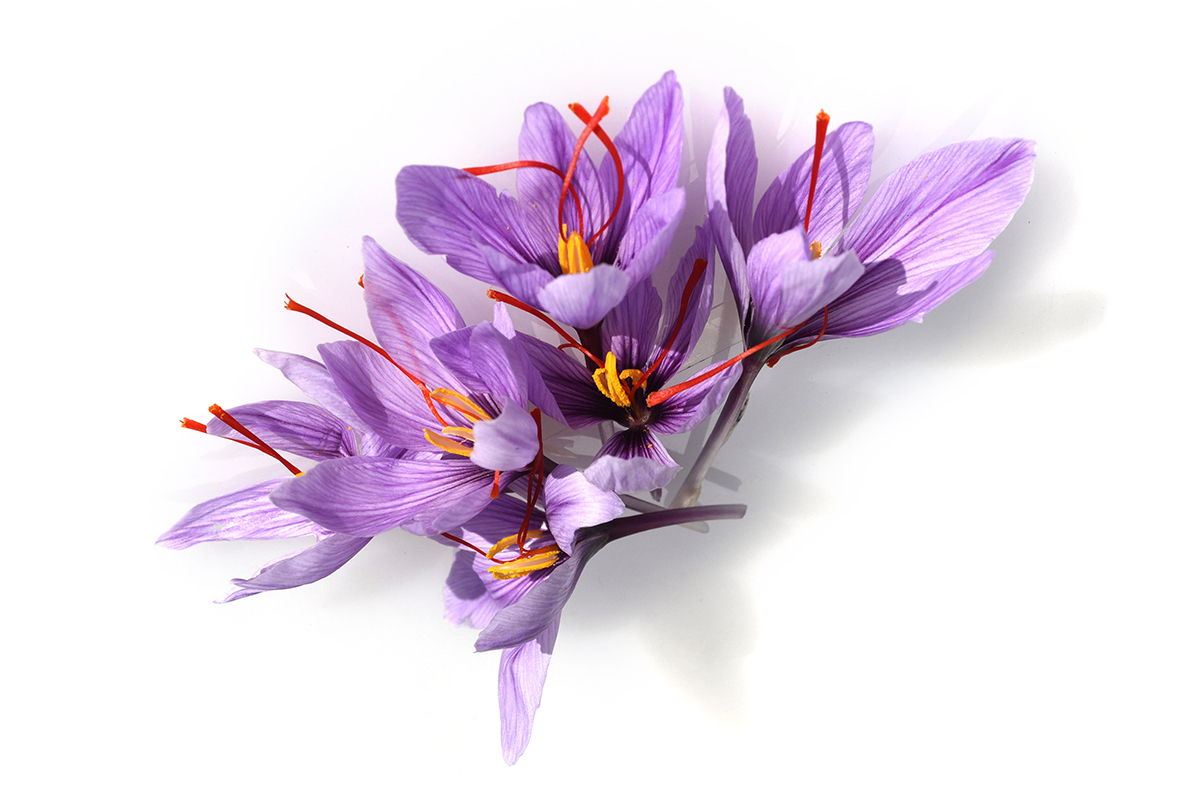 The Olfactory Gem
The Olfactory Gem
Saffron’s versatility as a raw material lies in its complex olfactory profile. Its aroma is characterised by a spicy warmth, leathery intensity, and a subtle floral sweetness. This multifaceted scent makes saffron an ingredient of choice for perfumers seeking to add depth and character to their creations.
Olfactory Characteristics
Spicy: Saffron’s spicy facets evoke warmth and mystery, often likened to the exotic allure of far-off lands.
Leathery: A subtle, smoky leather note adds richness and sophistication, creating an opulent and daring impression.
Floral: While not overtly sweet, saffron carries faint echoes of floral nuances, reminiscent of rose or violet, which lend a refined softness to its boldness.
The Role of Saffron in Fragrance Compositions
Saffron’s versatility allows it to pair harmoniously with a wide array of notes:
Floral Accords: Blends with rose, violet, or lily to create sensual, romantic fragrances.
Warm Bases: Combines beautifully with amber, vanilla, or musk for a cosy and enveloping scent.
Woody and Spicy Families: Enhances oriental or woody fragrances, giving them a bold,
modern edge.
Iconic perfumes featuring saffron often embrace its rich complexity, incorporating it as a heart or top note to leave a lasting impression. For example, saffron often elevates oud-based perfumes, creating a perfect balance of exoticism
and elegance.
The Art of Saffron in Perfumery
At Argeville, the inclusion of saffron in fragrance compositions reflects an unwavering commitment to authenticity and excellence. As experts in the selection and integration of noble raw materials, Argeville goes to great lengths to ensure that every thread of saffron meets its stringent quality standards.
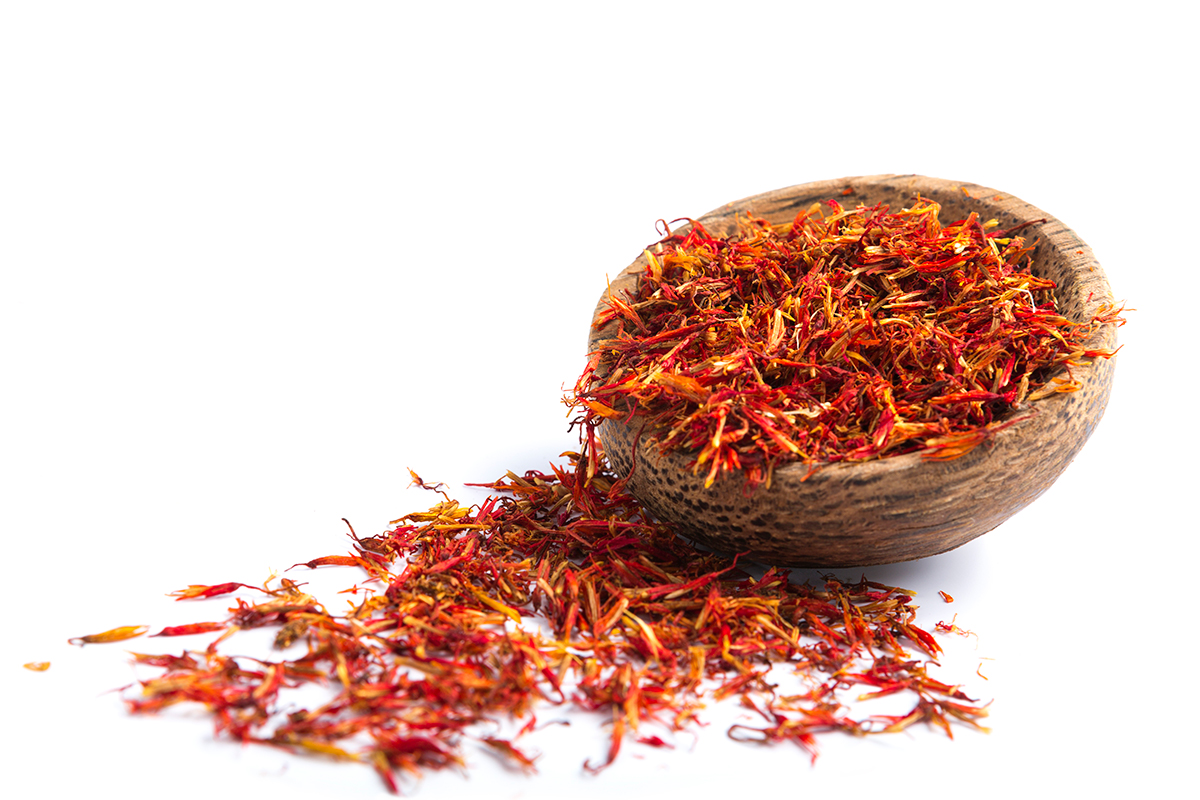 Sourcing and Extraction
Sourcing and Extraction
The saffron is carefully sourced from regions celebrated for their exceptional cultivation practices. The pistils are gently extracted using ethanol, a process that captures their vibrant colour and precious fragrance without compromising their natural richness. To maintain its olfactory and functional integrity, the extract is stabilised using a monopropylene glycol carrier.
Quality and Know-How
Argeville’s expertise lies not only in sourcing the best raw materials but also in seamlessly integrating them into complex compositions. By understanding saffron's unique olfactory profile, Argeville’s perfumer's craft blends that highlight its spicy leathery facets while enhancing its ability to harmonise with other notes. The result is a line of fragrances that are both bold and exquisitely balanced, epitomising modern sophistication.
Saffron in the Modern Fragrance Landscape
The appeal of saffron extends far beyond the realm of fine fragrances. In recent years, there has been a notable surge in consumer interest in authentic, rare raw materials. Saffron’s exotic and luxurious image resonates with individuals seeking unique and memorable scent experiences.
Growing Popularity in Fine Fragrances
Saffron’s prominence in contemporary perfumery is undeniable. Its ability to add depth and sensuality makes it a staple in niche and high-end perfumes, particularly within the oriental and woody fragrance families. As more consumers gravitate toward personalised and evocative scents, saffron’s role as a signature note continues to grow.
Beyond Perfumes: Saffron’s rich aroma has found its way into lifestyle products, including:
Candles: Infusing spaces with a warm, spicy, and inviting ambience.
Scented Care Products: Enhancing luxurious creams, oils, and soaps with an exotic touch.
This versatility ensures that saffron remains relevant across various categories, appealing to diverse consumer preferences. From its painstaking cultivation to its integration into bold, modern compositions, saffron is an ingredient that embodies authenticity, luxury, and sophistication.
Whether used as a signature note in fine fragrances or as a scent enhancer in lifestyle products, saffron continues to captivate perfumers and consumers alike. Its unique olfactory profile—spicy, leathery, and slightly floral—offers a depth and sensuality that few ingredients can rival.
As trends evolve and consumers seek authenticity in their fragrance experiences, saffron’s role in perfumery is poised to grow even further, securing its place as the red gold of the fragrance world.
Read this post in
 Arabic
Arabic


